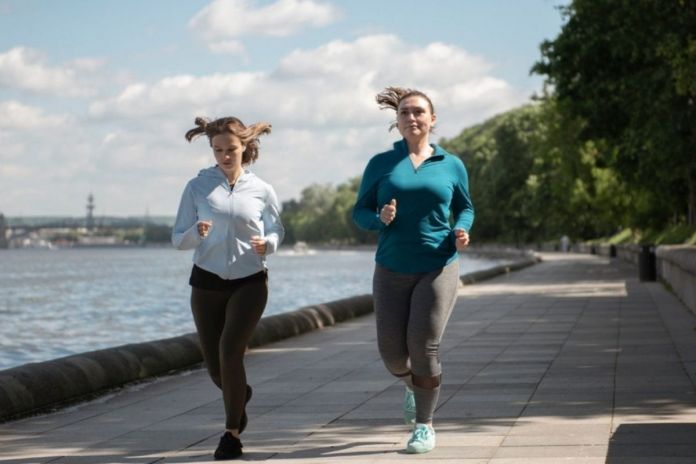If you want to adopt a new workout routine in your daily life then this article is for you. As you know, starting and adapting a new workout routine as a beginner can be exciting and daunting. Establishing a consistent exercise regimen improves physical fitness and enhances mental well-being. Here are the things that you need to understand before starting a workout.
Table of Contents
ToggleUnderstanding the Basics of Exercise
Exercise contains various activities that are aimed at improving physical fitness, health, and well-being. That includes aerobic exercises (cardio), strength training (resistance exercises), flexibility exercises (stretching), and balance exercises.
Before starting any type of workout routine, it’s important to set realistic goals that align with your fitness level, lifestyle, and aspirations. However, goals should be specific, measurable, attainable, relevant, and time-bound.
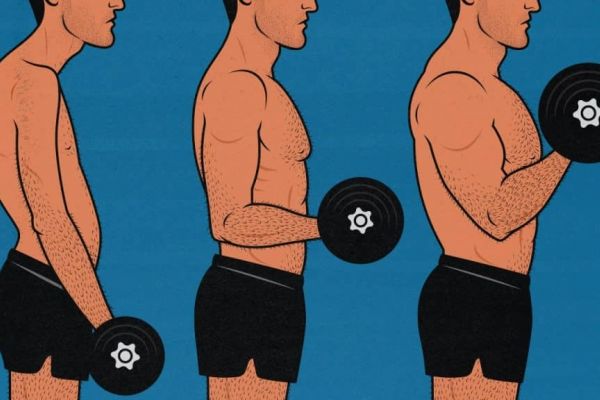
Getting Started: Beginning Your Workout Routine
Before starting any new fitness exercise program, assess your current fitness level which involves simple tests like checking your flexibility, strength, and cardiovascular endurance.
- Cardiovascular Exercises (Cardio):
- Cardio exercise include Walking, jogging, cycling, swimming, and dancing.
- Aim for at least 150 minutes of moderate-intensity aerobic activity per week or 75 minutes of vigorous-intensity activity.
- Start with 20-30 minutes per session, gradually increasing duration and intensity as fitness improves.
- Strength Training (Resistance Exercises):
- Strength exercises include Bodyweight exercises (e.g., squats, push-ups), resistance band exercises, and weightlifting.
- Perform 2-3 sessions per week, targeting major muscle groups (legs, back, chest, arms, core).
- Start with lighter weights or resistance and then gradually increase as you build strength.
- Flexibility and Stretching:
- Include stretching exercises to improve flexibility and range of motion.
- Perform static stretches after workouts or on rest days to prevent injury and improve muscle recovery.
- Balance Exercises:
- Include balance exercises to improve stability and reduce the risk of falls.
- Activities: Standing on one leg, yoga poses (e.g., tree pose).
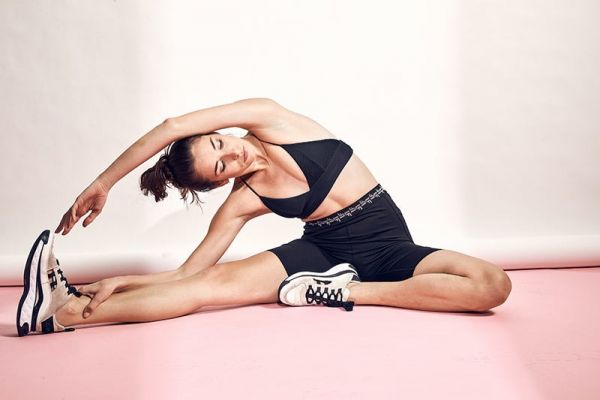
Source: nayad
Stay Motivated
Starting a workout routine as a beginner can present challenges such as lack of motivation, time constraints, or discomfort. Here are tips to stay motivated and stay tuned:
- Set Realistic Expectations: Progress takes time and trust the process.
- Find Enjoyable Activities: Choose exercises you enjoy to make workouts more enjoyable and sustainable.
- Mix It Up: Vary your workouts to prevent boredom and plateauing.
- Join a Community: You can join the community of fitness classes, online groups, or workout buddies for accountability and support.
- Reward Yourself: Treat yourself for reaching milestones or sticking to your routine
Best top 10 exercises for beginners
Squats:
- Main Targets: Quadriceps, hamstrings, glutes
- How to do it: Stand with feet hip-width apart, bend your knees and hips to lower your body into a squat, keeping your chest up and knees over your toes. Return to standing position.
Push-Ups:
- Main Targets: Chest, shoulders, triceps, core
- How to do it: Start in a plank position with hands slightly wider than shoulder-width apart, lower your body until elbows are at 90 degrees, then push up back.
Walking Lunges:
- Main Targets: Quadriceps, hamstrings, glutes
- How to do it: Step forward with one leg, lowering your hips until both knees are bent at about 90 degrees. Push back up to standing and repeat with the opposite leg.
Plank:
- Main Targets: Core muscles (abdominals, obliques), shoulders, back
- How to do it: Start in a push-up position with elbows bent and forearms on the floor, maintain a straight line from head to heels, and hold for as long as you can.
Bent-Over Rows
- Main Targets: Upper back (rhomboids, trapezius), biceps
- How to do it: Hold bands or light weights, hinge at the hips with a slight bend in the knees, pull elbows back to bring weights towards the chest, squeezing shoulder blades together.
Glute Bridges:
- Main Targets: Glutes, hamstrings, lower back
- How to do it: Lie on your back with your knees bent and feet flat on the floor, lift your hips towards the ceiling, squeeze your glutes at the top, then lower back down.
Dumbbell Chest Press:
- Main Targets: Chest, shoulders, triceps
- How to do it: Lie on your back on a bench or the floor, holding dumbbells above your chest, lower them to chest level, and then press them back up.
Bird-Dog:
- Main Targets: Core stability, lower back, glutes
- How to do it: Start on your hands and knees, extend one arm forward and the opposite leg back while keeping your hips stable, return to the starting position and switch sides.
Dumbbell Shoulder Press:
- Main Targets: Shoulders, triceps
- How to do it: Stand or sit with dumbbells at shoulder height, press weights overhead until arms are fully extended, then lower back down.
Calf Raises:
- Main Targets: Calves
- How to do it: Stand with feet hip-width apart, raise heels off the ground by lifting onto toes, hold briefly at the top, then lower heels back down.
Deadlifts:
- Main Targets: Hamstrings, glutes, lower back
- How to do it: Stand with feet hip-width apart, bend at the hips and knees to lower the weights (or just bodyweight) towards the floor, keeping your back straight, then return to standing.
Russian Twists:
- Main Targets: Obliques, core
- How to do it: Sit on the floor with your knees bent, lean back slightly, and twist your torso to touch the floor on each side with your hands or a weight.
Bicycle Crunches:
- Main Targets: Abdominals, obliques
- How to do it: Lie on your back, lift your shoulders off the ground, and alternately bring your elbow towards the opposite knee while extending the other leg straight out.
Supermans:
- Main Targets: Lower back, glutes, posterior chain
- How to do it: Lie face down with arms and legs extended, lift your arms and legs off the ground simultaneously, hold briefly, then lower back down.
Jumping Jacks:
- Main Targets: Cardiovascular system, legs, shoulders
- How to do it: Stand with feet together, jump while spreading your legs and raising your arms overhead, then return to the starting position and repeat.
Tips for Beginners:
Similarly, here are some simple tips for beginners,
- Start Slowly: Begin with lighter weights and gradually increase as you gain strength and confidence. Don’t rush to do any kind of heavy exercise it may cause serious injuries.
- Focus on Form: Proper technique is crucial to prevent injury and maximize effectiveness.
- Rest and Recovery: Allow muscles time to rest and recover between workouts to avoid overtraining. As much as you can you need to give proper rest to your body and never overtrain your body.
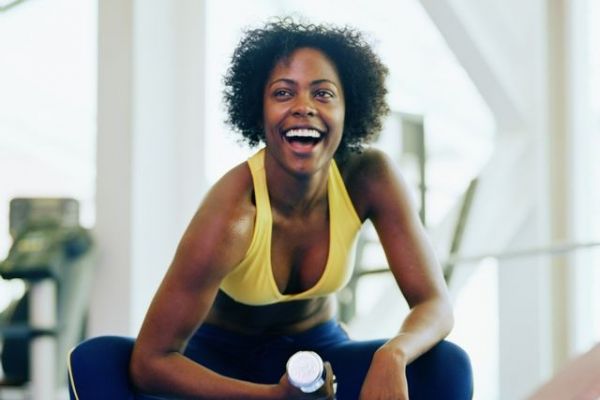
Source: Good housekeeping
How can beginners stay motivated to stick to their workout routine?
Similarly here are simple tips on how can you stay motivated and stick to your workout routines,
- Set realistic goals and track progress.
- Find a workout buddy or join a fitness class for support.
- Mix up their routine to keep it interesting and challenging.
- Celebrate small achievements and milestones.
- Focus on the benefits of regular exercise, such as improved mood and energy levels.
Create a Workout Schedule
- Make a consistent workout schedule that fits your daily routine.
- Start with 3-4 days of exercise per week, then gradually increase frequency as you become more comfortable and fit.
- Mix different types of exercises throughout the week to target different fitness components.
Warm-Up and Cool Down
- Always warm up your body before exercise to prepare your body for physical activity and reduce the risk of injury.
- Include dynamic movements like arm swings, leg swings, and light jogging for your betterment.
- Cool down after exercise with static stretches to improve flexibility and promote muscle recovery.
Monitor Your Progress
- Keep track of your workouts, progress, and achievements.
- Monitor changes in fitness level, strength gains, endurance improvements, and changes in body composition.
Stay Hydrated and Eat Well
- As we all already know drinking plenty of water is a key reminder to success that’s why drink plenty of water before, during, and after exercise to stay hydrated.
- Eat a balanced diet that is rich in fruits, vegetables, lean proteins, and whole grains to support energy levels and muscle recovery.
Listen to Your Body
- Before doing anything always pay more attention to how your body feels during and after exercise.
- Rest and recover when needed to prevent overtraining and injury.
- Consult a healthcare professional if you experience any kind of pain or discomfort.
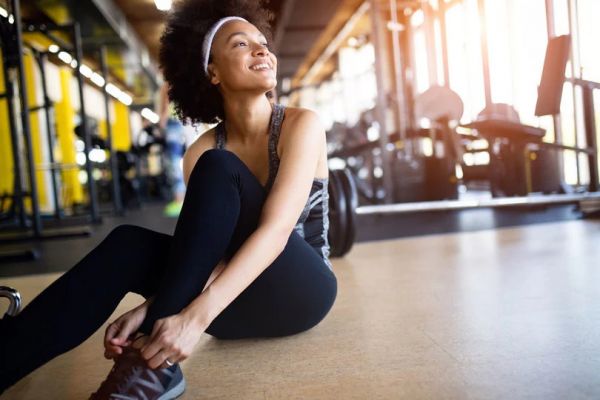
Source: Medium
How can beginners avoid injury during workouts?
Here are the simple things that beginners need to avoid injury during workout routines,
- Start with light weights or bodyweight exercises.
- Focus on proper form and technique.
- Listen to their body and avoid overexertion.
- Warm up before exercising and cool down afterwards.
- Gradually increase intensity and weight as fitness improves.
- Slow and steady wins the race.
FAQs
How often should beginners work out?
For beginners, I suggest starting with 2-3 days of exercise per week and allowing the rest for day.
How long should a beginner’s workout session last?
Beginner workout sessions can typically range from 20 to 45 minutes, depending on fitness level and goals.
Should beginners focus on weight training or cardio?
Both weight training and cardio are important for overall fitness. Beginners should aim for a balanced approach, incorporating both types of exercises into their routine. This helps in building strength, improving cardiovascular health, and achieving a well-rounded fitness level.
Also, read more about Sleep and Exercise: The Surprising Link Between Physical Activity and Quality Rest
